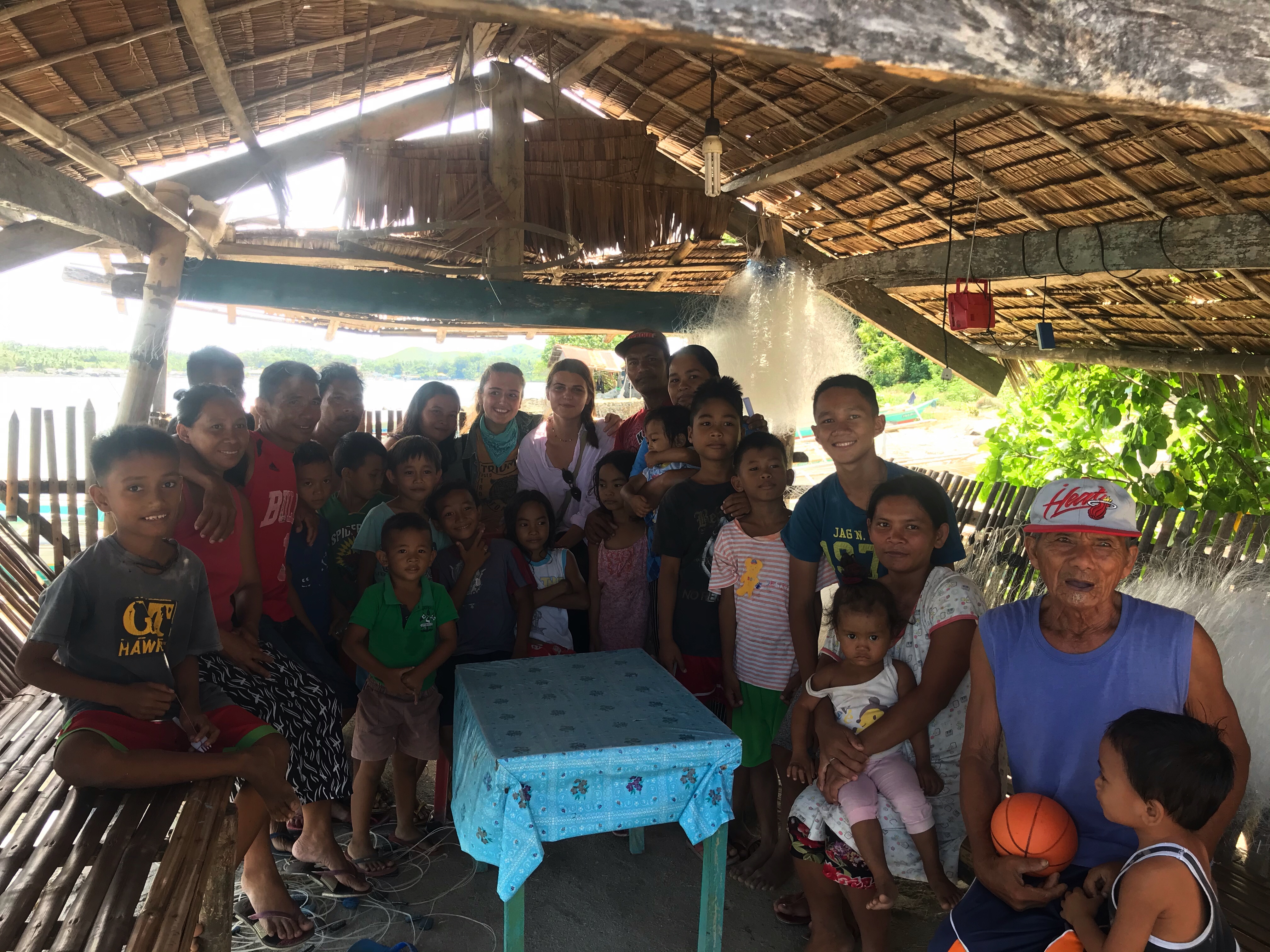Notes from the Philippines | Entry 4
November 12, 2019

Hi (again)! Morgan and Natalia here. Part of our role here in the Philippines has been to help our local partners assess the impact of Wisconsin Microfinance loans by determining the changes in the beneficiaries’ quality of life over multiple loan cycles. Although WMF beneficiaries have maintained a high repayment rate since the start of the project— about 97% or so—the organization has not had enough resources to implement a system for gathering quality of life data over time. As of May, however, VICTO was able to send their Project Coordinator to administer the first round of PPI surveys to several beneficiaries in Bohol.
Progress Out of Poverty
What is a PPI survey? In 2010, the Grameen Foundation released a standardized set of criteria known as the Progress out of Poverty Index (PPI). This index serves as a tool for tracking the status of beneficiaries’ housing, health, education, food, businesses, and assets so that microfinance organizations can take a data-based approach to lift people out of poverty. Moreover, the systematic collection of socioeconomic data gives these organizations an enhanced ability to understand the beneficiaries and communities which they serve.
The PPI Scorecard for the Philippines is made up of the following ten questions:
1) How many members does the household have?
2) Are all household members ages 6 to 17 currently attending school?
3) How many household members did any work for at least one hour in the past week?
4) In their primary occupation or business in the past week, how many household members were farmers, forestry workers, fishers, laborers, or unskilled workers?
5) What is the highest grade completed by the female head/spouse?
6) What type of construction materials are the home’s outer walls made of?
7) Does the family own any salsa [living room] sets?
8) Does the family own a refrigerator/freezer or a washing machine?
9) Does the family own a television set or a DVD player?
10) How many telephones/cellphones does the family own?
However, the creators of the PPI themselves have indicated that these metrics can only provide a glimpse into poverty levels. Ultimately, microfinance organizations must collect supplementary data and conduct deeper analyses to differentiate correlation and causation. Without these metrics, it’s hard to assess the impact of microlending programs. Especially because “alleviating poverty” can mean different things to different people.
Borrower Interviews
Over the course of our trip, we have done multiple borrower interviews. We’re learning first-hand the importance of getting to know the Wisconsin Microfinance beneficiaries more personally; what life was like before the loan, what they are proud of, their ongoing struggles, and their hopes and dreams. Giving them the opportunity to talk freely about their experiences with Wisconsin Microfinance directly sheds light on areas that need improvement. These interviews give us more granular, and more tailored, insight into each individual’s experience with our programs. Connecting with the borrowers in person is necessary to better understand the results of the PPI surveys and to determine the overall impact of microfinance lending.
During our first round of interviews, we asked questions based on the PPI survey. These were a fundamental step in building both a foundation of knowledge as well as rapport with the beneficiaries. That being said, our second interview with Jayson Ybañez, showcased above, gave us a much closer look into how the project has impacted his life.
While the PPI has surely enhanced the quality of poverty analysis overall, Wisconsin Microfinance and VICTO still face considerable barriers to fully implementing this kind of data collection. The index itself is simple and straightforward, and it takes an average of five minutes to work through the questions. However, this is by no means an indicator of how easy it is to administer overall. The beneficiaries reside in rural areas or on remote islets (small islands), and due to limited channels of communication as well as conflicting work schedules, it can be difficult to track them down on any given day. Overall, the implementation of the PPI is completely contingent upon the ability of the local partners to allocate time and resources to do so. We are very grateful for the relationship with VICTO and our borrowers. With increased support, we hope more of this relationship-building can happen in the future!